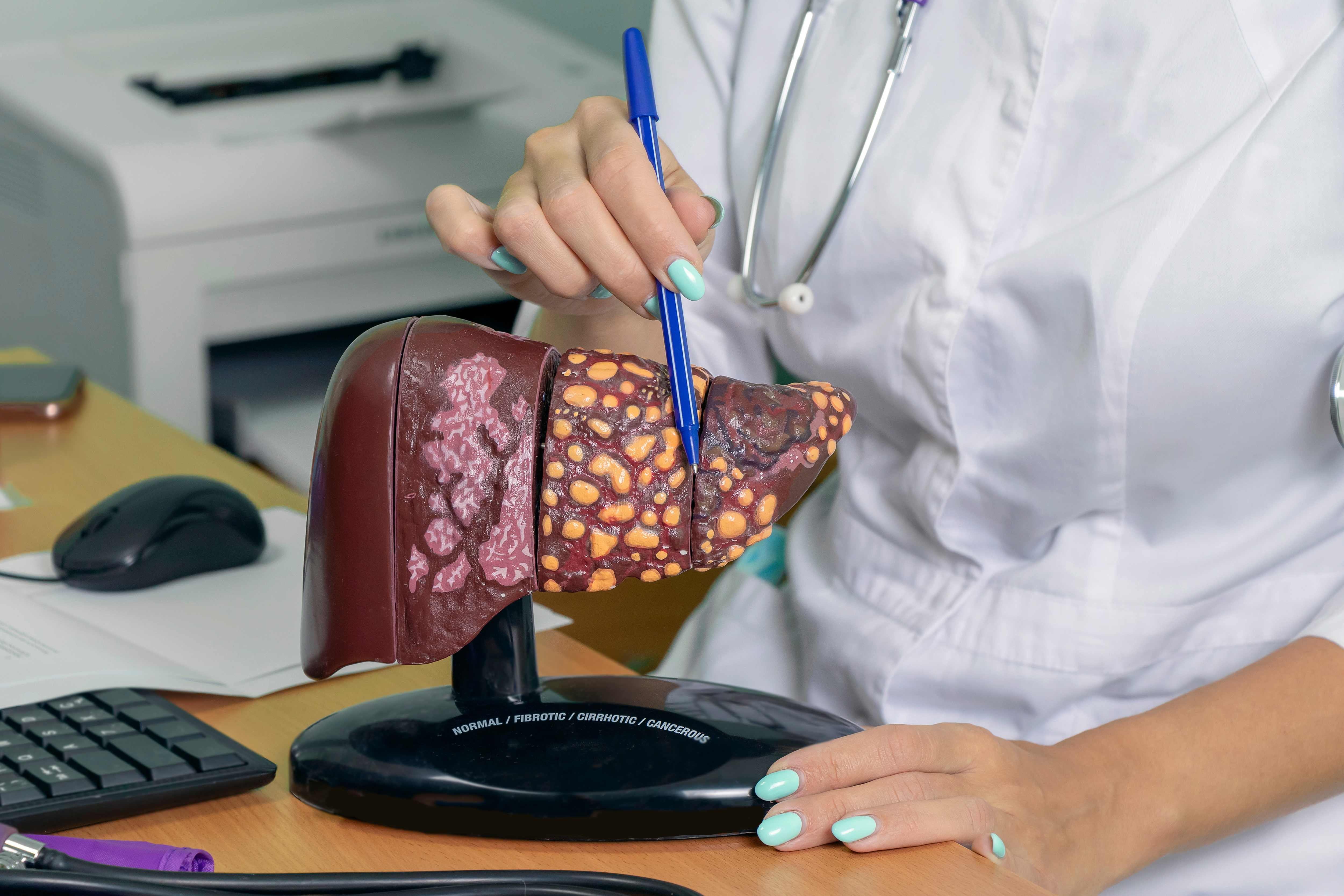Liver Cancer Stages and Survival Rate
Liver cancer is among the most fatal illnesses. It is also the fastest-growing cancer type. There are two main types of liver cancers - primary and secondary. Primary liver cancer may form directly in the liver. On the contrary, secondary liver cancer spreads to the liver from other body parts. Both these types have common causes, symptoms, risk factors, and treatments.
Medical professionals focus on identifying the liver cancer stages and their risk factors using the TNM (T- tumour, N- nodes, M-metastasis) staging system or its progression before deciding the treatment method for the patient.
This post overviews these four different liver cancer stages and their origin. So, keep reading till the end.
Stage 1 Liver Cancer
Liver cancer is typically divided into several stages, with stage 1 of liver cancer being the earliest. In stage 1 of liver cancer, the cancerous tumour is still relatively small and has not spread beyond the liver.
The stage 1 liver cancer criteria can vary depending on the staging system used. Still, in general, it may be defined as a single tumour that is no larger than 2 cm in diameter and has not spread to nearby blood vessels or lymph nodes.
Treatment options for liver cancer stages may include surgery to remove the tumour or local therapies such as ablation or embolization. The treatment choice will depend on several factors, including the tumour's size and location, the patient's overall health, and other individual factors.
Typical treatment of squamous cell carcinoma includes removal of the cancerous cells through surgery, chemotherapy to kill cancer, radiation theory, or a combination of these, depending on the severity of the patient's condition.
Stage 2 Liver Cancer
In stage 2 liver cancer, the tumour has grown larger than in stage 1 and may have started spreading to nearby blood vessels or organs. However, it has not yet spread to distant sites in the body.
The specific criteria for stage 2 liver cancer may vary depending on the staging system used, but in general, it may be defined as one of the following:
- A single tumour larger than 2 cm but smaller than 5 cm that has not spread beyond the liver
- Multiple tumours in the liver, all of which are smaller than 5 cm and have not spread beyond the liver
Treatment options for stage 2 liver cancer may include liver transplant, surgery, or a combination of local therapies and systemic treatments such as chemotherapy or targeted therapy. The choice of treatment will depend on several factors, including the size, number, and location of the tumours, the overall health of the patient, and other individual factors
Like stage 1 liver cancer, early detection and treatment are essential for improving the chances of successful treatment and long-term survival.
Stage 3 Liver Cancer
In stage 3 liver cancer, the cancerous tumour has grown larger than in previous stages and spread to nearby lymph nodes or other organs near the liver. It has not, however, spread to distant sites in the body.
The specific criteria for stage 2 liver cancer may vary depending on the staging system used, but in general, it may be defined as one of the following:
- A single tumour larger than 5 cm that has spread to nearby blood vessels or lymph nodes
- Multiple tumours in the liver that have grown together and may invade nearby blood vessels or lymph nodes
Treatment options for stage 3 liver cancer may include surgery, liver transplant, or a combination of local therapies and systemic treatments such as chemotherapy or targeted therapy.
The prognosis for stage 3 liver cancer is generally poorer than earlier stages. However, treatment can still be effective in slowing the progression of the disease and improving the quality of life
Stage 4 Liver Cancer
In stage 4 liver cancer, the cancerous tumour has spread beyond the liver to distant bodily sites, such as the lungs, bones, or brain. This is also known as metastatic liver cancer
The specific criteria for stage 2 liver cancer may vary depending on the staging system used, but in general, it may be defined as one of the following:
- A tumour of any size that has spread beyond the liver to other organs or tissues
- Multiple tumours in the liver that have grown together and have spread beyond the liver to other organs or tissues
Treatment options for stage 4 liver cancer may include systemic chemotherapy, targeted therapy, or immunotherapy. In some cases, local therapies such as radiation therapy or embolization may also be used to shrink the tumour and alleviate symptoms.
Unfortunately, the prognosis for stage 4 liver cancer, is generally poor, as cancer has spread beyond the liver and is more challenging to treat. However, treatment can still help to alleviate symptoms and improve quality of life. Palliative care may also be recommended to manage pain and other symptoms associated with advanced liver cancer.
Is Liver Cancer Painful in the Last Stage?
Advanced liver cancer stages can be more painful compared to stage 1 liver cancer. It is mainly because cancer has already started spreading to other body parts. However, not everyone with liver cancer experiences pain, and the severity of pain can vary from person to person.
In the later liver cancer stages, the tumour may grow and spread to other body parts, causing pain and discomfort in different areas. The liver may also become enlarged, which can cause pain and discomfort in the upper right side of the abdomen. Additionally, liver cancer can cause other symptoms, such as fatigue, loss of appetite, weight loss, nausea, and vomiting, which can further contribute to pain and discomfort.
It's important to note that pain and other symptoms associated with liver cancer can be managed through various treatments, including pain medications, radiation therapy, and palliative care. These treatments can help to alleviate pain and other symptoms, improve quality of life, and provide emotional support to patients and their families.
Can You Fully Recover from Liver Cancer?
Proton Therapy is a type of radiation therapy that uses beams of protons, rather than X-rays, to treat tumors with precision. By precisely targeting cancer cells while minimizing damage to surrounding healthy tissue, proton therapy has been proven to reduce side effects and improve treatment outcomes in comparison to traditional forms of radiation therapy.
Apollo Hospitals are considered the best for proton therapy due to their advanced clinical expertise, research capabilities and cutting-edge technologies. The team of specialists at Apollo Hospitals are able to customize treatment plans to ensure that every patient’s unique needs are met.
Conclusion of Liver Cancer Stages
In conclusion, it's important to note that every case of liver cancer is unique. The best course of action will depend on several factors, including the liver cancer stages, the tumour's location and size, and the patient's overall health. Regular check-ups and screenings are recommended for people at risk of liver cancer to detect the disease early when treatment is more likely to be effective.

Copyright © 2023 Apollo Proton Cancer Centre. All Rights Reserved





